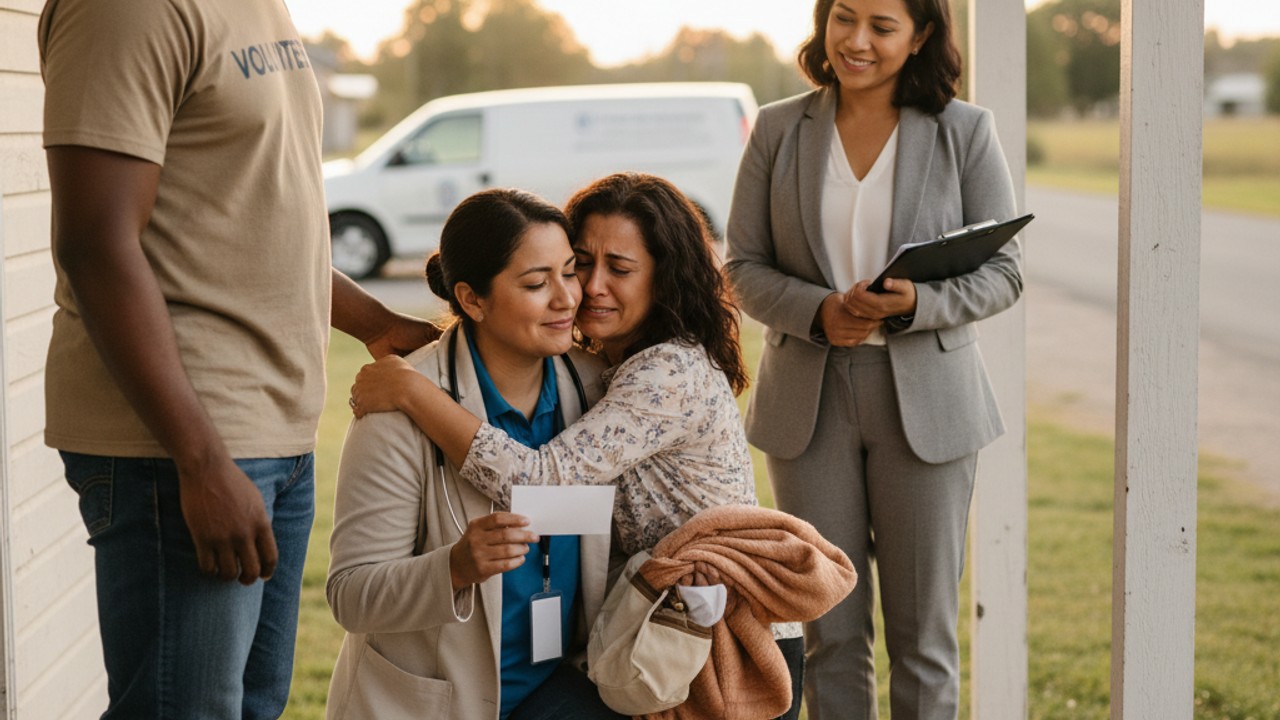When Maria, a community health worker in a small town, found a mother crying on her porch because the clinic bus had been canceled, she did more than soothe — she became the difference between delayed care and a saved newborn. That scene plays out in thousands of neighborhoods every day, reminding us that access to health care is not an abstract policy debate but a human story.
Why community-based care matters now
At least half the world still lacks access to essential health services, and nearly 100 million people each year are pushed into extreme poverty by out-of-pocket health expenses, according to the World Health Organization. WHO: Universal Health Coverage facts
Closer to home, federally supported community health centers in the United States serve roughly 30 million people annually, offering primary care, mental health services, and support for social needs. These centers are frontline defenses for health equity. HRSA: Health Center Program
What works: community health workers and local clinics
Evidence and practice converge: community health workers and neighborhood clinics reduce barriers, reach marginalized populations, and improve outcomes. The World Health Organization highlights the vital role of community health worker programs in strengthening primary care and equity. WHO: Community Health Workers
Nonprofits are stepping in where systems fall short. Partners In Health pairs local teams with long-term investment to expand access in low-resource settings, while Direct Relief delivers medicines and supplies in crises and daily health programs. Their work shows that coordinated community support saves lives.
Small actions, big impact
Stories like Maria's show the emotional stakes. People do not need statistics to feel the relief of care delivered at their door. Yet numbers help guide action. Investing in primary care, funding community health workers, and expanding health centers are proven ways to close access gaps and promote equity.
You can help.
- Support organizations that fund community health and emergency response: Partners In Health and Direct Relief.
- Find and use local resources: locate a federally supported health center near you via the HRSA finder: Find a Health Center.
- Advocate for policy: urge local and national leaders to prioritize funding for primary care, community health workers, and policies that remove financial barriers to care.
Change happens at the intersection of compassion and policy. When communities fund their own nurses, pay community health workers a living wage, and keep clinics open, the difference is measurable — fewer missed vaccinations, better maternal care, and less financial ruin from illness.
Hope is not naive; it is actionable. Start by sharing a story, donating a small monthly amount, or writing to your representative asking them to support primary care and health equity. When Maria returned that night with medicine, a warm blanket, and a referral to a local clinic, the mother wept — not from despair, but from relief. That relief is within reach for many more, if we act.
Learn more and get involved: WHO UHC facts | HRSA Health Centers | Partners In Health | Direct Relief










